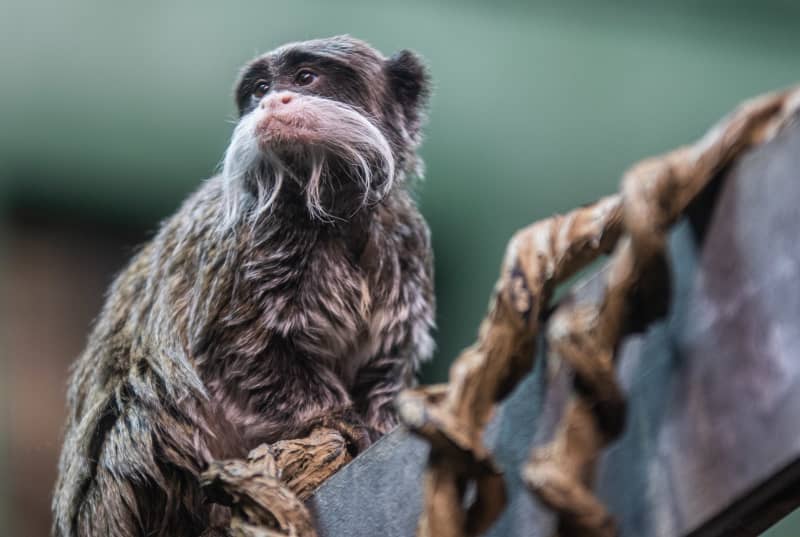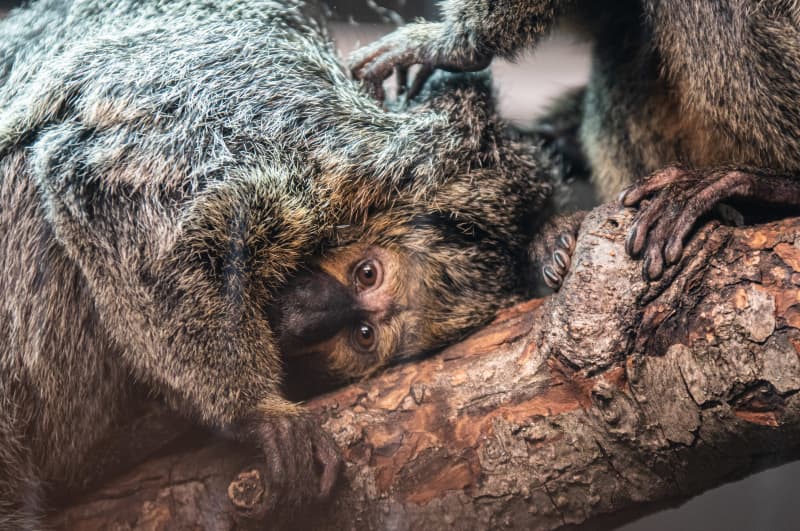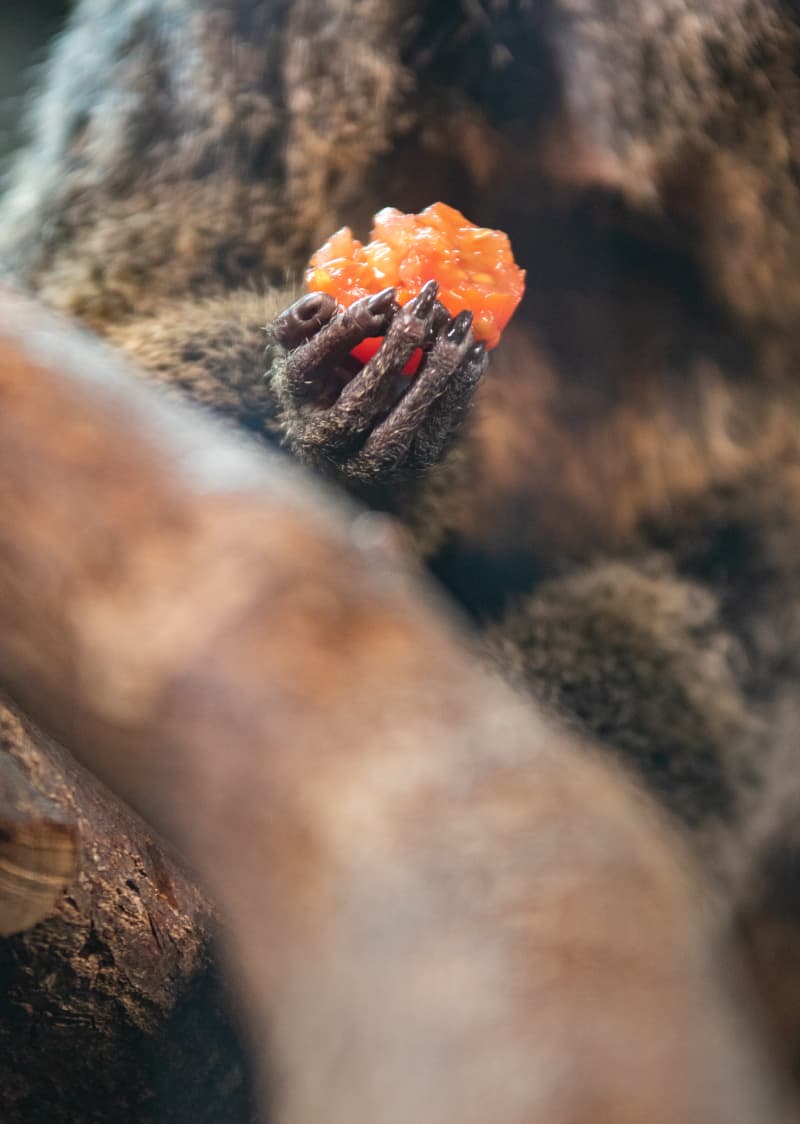A person lives according to jointly agreed norms and laws. This is where we differ from other monkeys, but we share the phenomenon of revenge with our close relatives, chimpanzees.
Surely each of us has vowed revenge at one time or another. That you can somehow give back. However, revenge is not only a specialty of the human species, animals also know how to take revenge. The desire for revenge is known to have been transferred to humans through evolution from apes.
But how does revenge manifest itself in the animal world?
Many animals know how to cooperate with each other for the common good. Some animals even help their fellow species to get food, without wanting to part with the prey themselves. It is therefore no wonder that animals also feel unfairness deeply and react to it.
A famous example of a reaction to unfairness is the capuchin monkeys’ \”Wall Street protest\”. The monkeys had been taught the simple task of collecting stones and giving them to the researcher. During the experiment, capuchin monkeys working in adjacent cages were initially each given a piece of cucumber as pay. Then the other one got better food, i.e. grapes, as a salary increase. The other monkey saw the unfairness and got angry, and no longer wanted to continue working for a lower salary.
It is still unclear whether the Capuchins’ frustration and going on strike can be considered actual revenge.
Revenge of chimpanzees, on the other hand, was found in an experiment where two chimpanzees were on opposite sides of the table. Another was offered food, but the food was taken away. The individual under investigation had the opportunity to collapse the table by pulling the string, so that the food spreads on the floor and no one gets to eat. If the researcher first showed that there was food here, but took the food away, the chimpanzee did get upset, but did not snap at the researcher. The chimpanzees also did not collapse the table while playing or trying to pull the string.
Revenge is sweet
The sweetness of revenge is based on its power to balance the evil wind. This was found in an American study.
The subjects first wrote an essay about some personal topic. Some of them received good feedback on their writing and some received crushing feedback.
In the next step, subjects who received negative feedback were allowed to show how angry they were by means of needles poking a voodoo doll. Before and after the experiment, it was measured how good their mood was.
Those who received crushing feedback returned to the same good mood after the sting as they were before writing the essay, and their mood did not differ from that of those who received good feedback.
The experience of unfairness drove more pain
Next, the subjects were given a placebo pill, which was said to strengthen the train of thought in the upcoming experiment. Some of the subjects were also told that as a side effect of the pill, the mood remains stable during the experiment.
In the experiment, a video game was played and the test subjects were initially given the experience of unfair treatment. After this, they were offered a chance to take revenge.
In the second game, test subjects thirsty for revenge had to race to the buzzer and the winner got the chance to shake the loser’s ears with a loud sound. The race was repeated, and if the victory came again, the winner had the opportunity to raise the decibels of the bell to match the sound level of the helicopter hovering above.
Those subjects who had lost unfairly in the first game were tapped to use decibel torture in the actual revenge test. However, the subjects who received the \”mood stabilizer\” were an exception to this. According to the researchers, this was because they did not feel that their mood would improve as a result of revenge.
Revenge is therefore sweet, because a person consciously uses it to correct the resentment caused by mistreatment.
The powerful will be indirectly retaliated against
If a fellow human being has experienced injustice and shares the matter with the public on social media, pretty quickly you will find a group of friends who are ready to take revenge on behalf of the victim. This is where humans differ from other apes, such as our closest relatives, chimpanzees and bonobos.
But what to do if you need to take revenge on a target that is higher in the hierarchy, and it is not possible to take revenge directly on the wrongdoer?
– In several species of monkeys, such continued aggression is observed that the aggression is not even directed at the perpetrator, if this is a power-hungry type. And this gives rise to a chain of unfair aggression that hits the side of the dispute.

Even in human society, the stereotype of a boss who bullies a subordinate, who bullies his spouse at home, who bullies a child is valid.
Chimpanzees are not short-tempered, but they are power-hungry and, if necessary, aggressive, downright warlike. Their species-typical life includes strong competition between the herd and the herd in the neighboring area. Occasionally, chimpanzees invade the territory of a neighboring herd, and these clashes often result in fatalities
– This is a hot potato when we think about how the war has evolved. It is interesting that bonobos, the chimpanzee’s sister species, are not at all warlike. On the contrary, the types of the neighboring area might, for example, play with the children of another pack. The females watch calmly, saying, \”Hey, we don’t know them, but it seems to be going well,\” says Sonja Koski.
On the other hand, chimpanzees are also willing to reconcile after the fights between the pack.

– Friends are needed in pack life, so an apology is worth it. Chimpanzees apologize in a very human way, they hug and kiss and touch each other gently. And that is absolutely important, because if life was just aggression, the group would break up.
Monkey experiments are based on voluntariness
The monkeys with which the test setups mentioned in this story are made are zoo residents. They are often used to participating in experiments and tests that study behavior. Sonja Koski mentions that the chimpanzees are used to playing different puzzle-solving games with the researchers, for which you get rewards given by the researcher. Thus, a chimpanzee may accept more from a familiar person than from a fellow species, and thus not retaliate against him.

All monkeys, regardless of species, also learn their names, so you can call them one by one and they will come if they come.
– They may be sitting in their seats in the examination room, but doing nothing. In that case, the researcher can gently suggest that they take part in the experiment, but they are not forced to do so. Often, for practical reasons, the door to the examination room is closed during the test so that others do not rush in. But if the animal wants to disappear in the middle of everything, then it is allowed.
The basic idea of \u200b\u200bthe experimental setup is taught to the subjects so that they are allowed to come and examine the research equipment in the research room. Next, they must learn to understand the basic idea of \u200b\u200bthe test, for example that a rope must be pulled or stones must be collected. All this is taught through rewards.
– You get treats as a reward, even if you just come to the place, even if you don’t do anything else.

